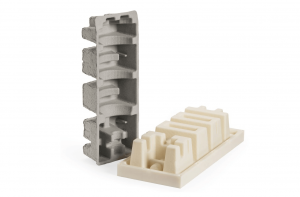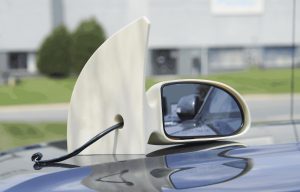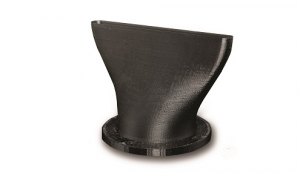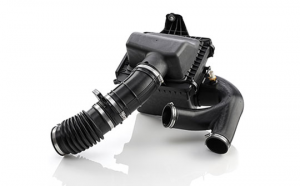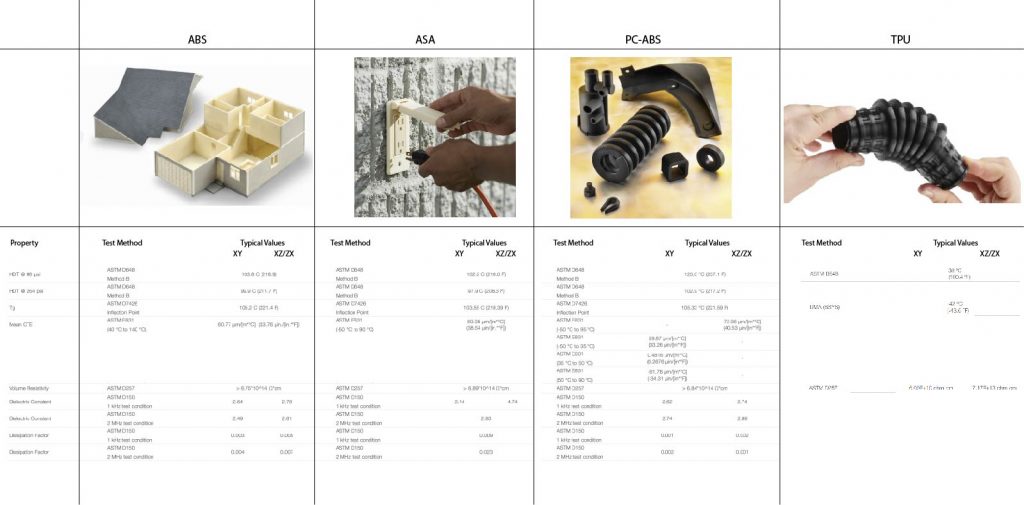Written by: Juelin Wang
ABS (acrylonitrile butadiene styrene): Smooth, Durable, Heat Resistant
ABS is one of the most popular materials for injection molded consumer products due to its clean surface finish, durability, and heat resistance. For this reason, it is often used for prototyping consumer products that will later be injection molded. By using ABS, the prototype is more likely to look, feel, and perform like the final product. ABS’s durability and high heat deflection temperature also makes it a good material for use in the lab or on the factory floor.
Best be used for: Functional prototypes, manufacturing tools
Example: Injection molds
ASA (acrylonitrile styrene acrylate): UV and Weather Resistant, Durable
ASA combines the qualities of ABS with the added benefit of UV resistance and additional moisture resistance, making it ideal for equipment exposed to sunlight and rain over long periods of time – such as products for the agriculture, transportation, and power and utility industries. Because the use of ASA is fairly common in production parts for these industries, the prototyping of the same parts in ASA allows test engineers to better understand how their products will hold up in extreme weather conditions. In the field, a utility worker or a farmer could benefit from printing replacement parts as needed for broken equipment.
Best be used for: Functional Prototypes
Example: Patio electric outlet cover
PC-ABS (polycarbonate acrylonitrile butadiene styrene): Durable, Heat Resistant
PC-ABS might seem like a composite, being that it is a mix of two polymers (polycarbonate and ABS), but the classic definition of a composite for 3D printing materials tends to refer to a polymer that has been reinforced with a solid particle (fibers, glass beads, etc.). If you use ABS, you might want to check out PC-ABS. It’s got many of the properties that make ABS desirable with added strength and heat-resistance beyond the range of regular ABS and thus is a common material used in the automotive industry.
Best be used for: Functional Prototypes, End-Use Part
Example: Blow dryer diffuser
TPU (thermoplastic polyurethane): Flexible, stretch with abrasion and tear resistance
TPU makes it a good choice for a wide variety of applications including flexible hoses, tubes, air ducts and vibration dampeners.
Best be used for: Functional prototypes of large, complex elastomer parts
Example: Automotive air intake hoses



